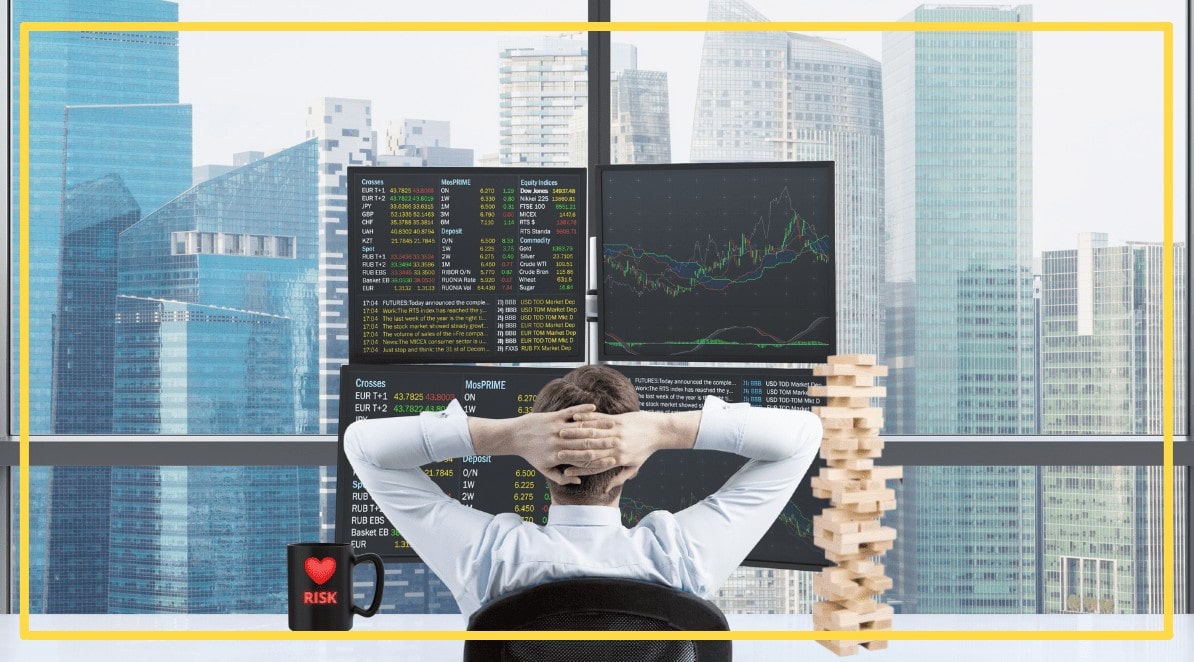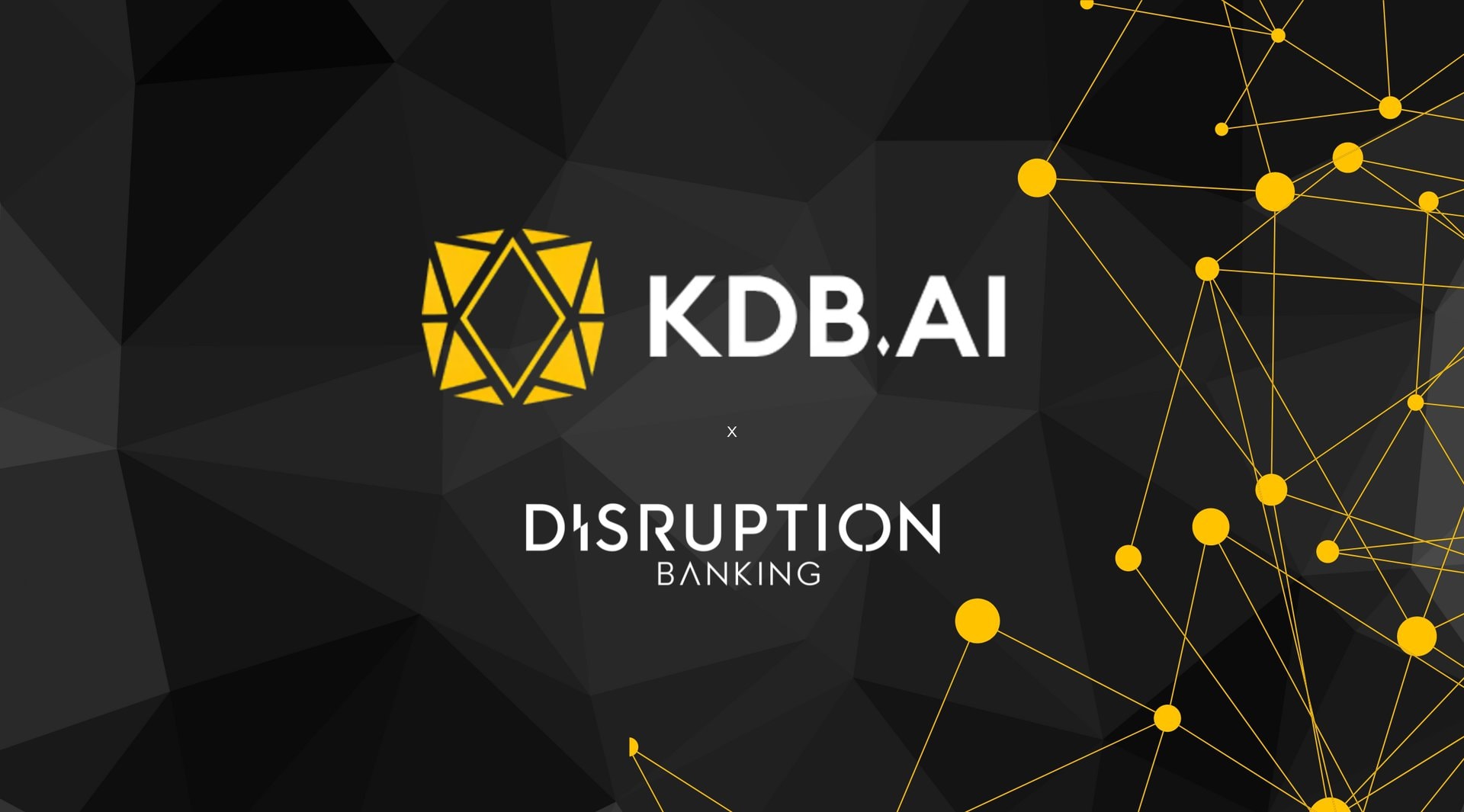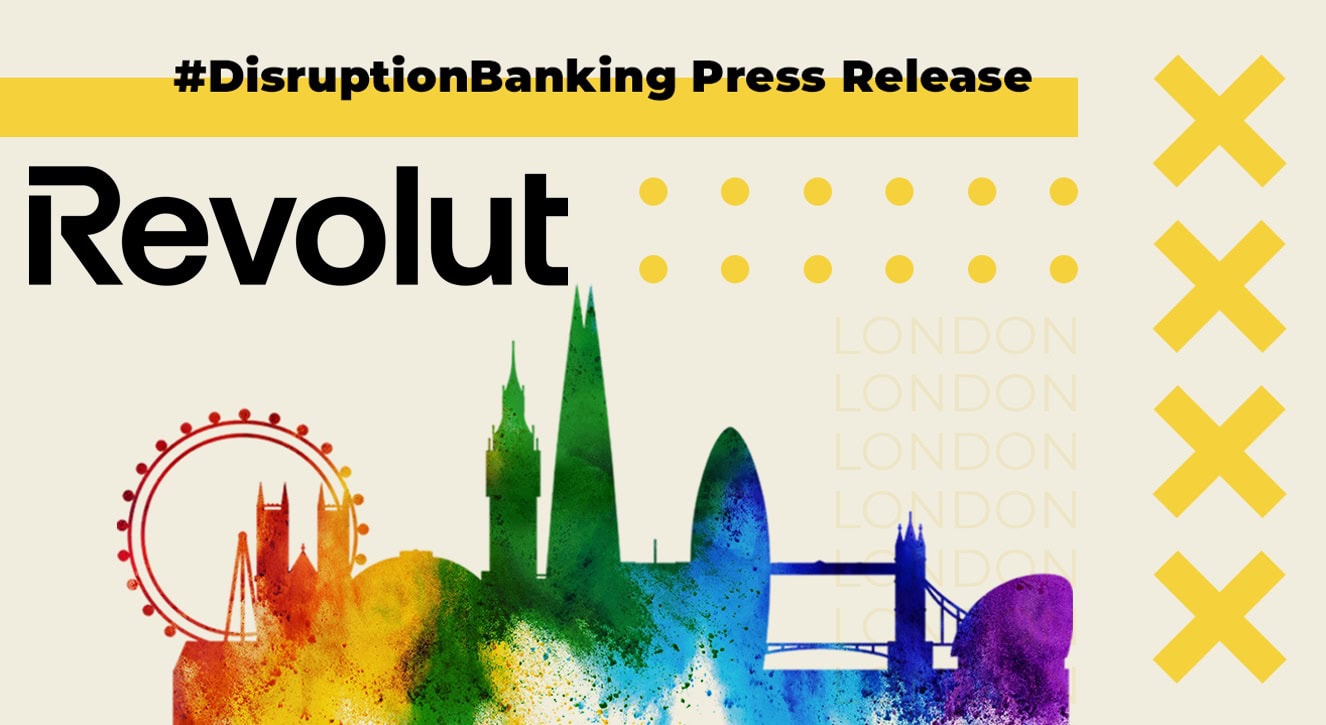Every now and then, we hear a new story of a rogue trader who has recklessly lost millions or billions of dollars through unauthorised trading. These individuals are usually portrayed as the embodiment of greed, who turn the financial industry into a giant casino as they play with other people’s money.
But is the phenomenon of “rogue trading” an inherent part of the industry, or can better regulation and workplace culture protect against such activity? More importantly, can we expect to see a new rogue trading scandal? We talked to Nick Leeson, the original rogue trader, to answer these questions.
Leeson joined Barings Bank, one of England’s oldest merchant banks, in 1989. In April 1992, Barings decided to open a Future and Options office in Singapore, where Leeson was appointed the general manager. His role was in executing and clearing transactions on the Singapore International Monetary Exchange.
From 1992, Leeson began making unauthorised speculative trades, which initially made large profits for Barings, but eventually Leeson’s luck went sour. He started using one of Barings’ error accounts to hide his losses, which exceeded £2 million by the end of 1992. These losses then increased to £23 million in late 1993, and reached £208 million by the end of 1994.
Things ultimately went south for Leeson when he placed a short straddle on the Singapore and Tokyo stock exchanges on January 16, 1995, guessing that the exchange would remain stable overnight. Unfortunately for him, an earthquake occurred at 05:46 the following day and had its epicentre in Kobe, Japan. This caused a sharp drop in the Asian markets. To recoup his losses, Leeson made a serious of risky new trades betting on the Nikkei Stock Average’s rapid recovery. Over the following few days, he lost even more of Barings’ money.
Losses eventually reached £827 million (US$1.4 billion), twice Barings’ available trading capital. After a failed bailout attempt, the bank was declared insolvent and Leeson was sentenced to a spell in prison, where he wrote his memoir The Rogue Trader.
The Barings collapse 25 years on: What the industry learned after one man broke a bank https://t.co/KYXy5Jy5Vq
— CNBC (@CNBC) February 26, 2020
Since Leeson, the biggest rogue trading scandals took place during the financial crisis. Goldman Sachs trader Fabrice Tourre, for example, was accused by the SEC of creating and selling a series of complex mortgage-backed bonds — dubbed Abacus 2007-AC1 — that were designed to fail, costing some investors large sums of money.
In the eyes of many, Tourre, also known as Fabulous Fab, has become symbolic of Wall Street’s role in the financial crisis. This is because of an email that he sent during the crisis and which then became public: “The whole building is about to collapse anytime now … Only potential survivor, the fabulous Fab … standing in the middle of all these complex, highly leveraged, exotic trades he created without necessarily understanding all of the implications of those monstruosities [sic]!!!”
He was found liable for fraud and has been fined more than $850,000. Goldman settled with the SEC in 2010 by paying a $550 million fine, but neither admitted nor denied any wrongdoing.
Fabrice Tourre, the ex-Goldman trader, is losing a piece of his small fortune to the govt http://t.co/p4uCTkHWaw pic.twitter.com/RhdPPoYHvf
— DealBook (@dealbook) March 12, 2014
“I think that there does need to be a tough stance [against rogue trading],” Leeson told us. “And it’s tended to be around fines over the last number of years. It’s clearly not working, because the fines just go back into the system.
“CFTC was said to be handing down their first billion dollar fine. If banks can accept that and still move forward, then fines are not working right. It has to be something else – such as punishing people at the senior level for their negligence and incompetence. It is not necessarily turning a blind eye, but not doing what they were placed there to do.”
JPMorgan agreed to pay $920 million to resolve market-manipulation probes. It is the largest-ever fine imposed for spoofing by the CFTC. https://t.co/j86fKx7rlT
— The Wall Street Journal (@WSJ) September 29, 2020
“And I’m not cynical about the world of banking at all. I used to love my time in it. I don’t think there’s any industry that’s as exciting or as challenging and changing on a daily basis as banking.
“But, you kind of think, what’s the seminal moment that’s going to change culture and conduct? I think the system very quickly corrupts, because everybody’s getting paid a lot of money. The bonuses are quite big, and it promotes short termism.”
A case when such a harder stance was definitely taken involves Ghana-born trader Kweku Adoboli. Adoboli moved to the UK at the age of 12 and joined UBS’s London office as a graduate trainee in September 2003. Promoted to a director of the bank’s Global Synthetic Equities Trading team, he started using the bank’s money for unauthorised trades in 2008.
He booked fictitious hedging trades in order to hide the fact that he was exceeding his risk limits, and created a sort of internal slush fund in which to store skimmed profits, that he and others could later sprinkle back in to cover daily losses.
Adoboli was eventually jailed for seven years in 2012 after being found guilty of fraud that cost the bank $2.3bn (£1.8bn). He was released after serving half his sentence, but was deported to Ghana in 2018 – despite not having lived there since he was four.
After losing $2.3 billion in London and spending more than 3 years in jail, Kweku Adoboli seeks redemption by helping to finance housing in Ghana https://t.co/E3hw9cYQDe via @business
— Bloomberg Africa (@BBGAfrica) January 26, 2020
“They [rogue trading scandals] do definitely expose a failing within the particular organisation,” Leeson thinks. “I don’t think it’s industry wide. They expose flaws within the bank, not necessarily the banking system. There can’t be a rogue trader without serious flaws in the structure and control and surveillance processes within the bank.
“If you fast forward to the current day, you’ve got Bill Hwang and the things that have gone on at Archegos, and they expose serious problems at Credit Suisse. From a risk management perspective, they clearly were asleep at the wheel.
“And if you look back at Greensill and how banks worked with him, they do this fairly regularly. There are definitely issues there.”
Credit Suisse rehired veteran banker Francesco De Ferrari to head its wealth-management arm catering to the world’s rich https://t.co/yR2RreHUSx
— The Wall Street Journal (@WSJ) December 13, 2021
The largest loss associated with rogue trading belongs to Jérôme Kerviel of Société Générale. His role involved capitalising on pricing discrepancies between equity derivatives and the market price of stocks, upon which the derivatives were based.
When buying Euro stock market futures, traders would usually offset these bets by shorting US stock index futures, which tend to move in the opposite direction to European stock futures. So if the markets happen to fall, the short US stock futures should offset the loss on the Euro stock futures. Kerviel, however, had learned how to hack Société Générale’s risk surveillance system and was only doing one half of the arbitrage trade. This meant he was making risky, one-sided bets when his firm thought he was making lower-risk arbitrage trades.
Initially, these trades were profitable. Kerviel reportedly made nearly US$2 billion in profits in 2007 by conducting this kind of trade. With so much early success, Kerviel feared the bank would discover the false transactions. To conceal the activity, he began deliberately making losses on trades to offset his early gains.
Managerial staff at Société Générale uncovered unauthorised trading activity in January 2008 and took steps to unwind the positions created by Kerviel. This caused a total estimated loss of €4.9 billion (US$7.2 billion). Both Adoboli and Kerviel maintain that their senior knew about their fraudulent trades but intentionally turned a blind eye while he was making profits for the bank.
A French court has lowered the damages rogue trader Jérôme Kerviel must pay to Société Générale from €4.9bn to €1m https://t.co/ZsEsr7yAXj
— Financial Times (@FT) September 23, 2016
“They know what they’re doing. They know they shouldn’t be doing it. They continue, and therefore they’re likely punished,” Nick Leeson commented. “You can blame the bank, and you can blame other things that are going on within the industry at the time, but that’s just deflecting from your own guilt and your own incompetence.”
Leeson thinks that the era of huge rogue trading scandals is over. This is mainly due to the systematic improvement in the bank’s internal compliance handling rather than a significant improvement in the regulatory environment.
“I think the banks have got their act in order,” he says. “You’ve not seen the large rogue trading scandals that we’ve seen over kind of a 10-15 year period, between ‘95 and the early 2000s.
“But whether you apportion that to the regulator or to the banks upping their game; personally, I think it’s the banks upping their game. The regulator is always there to marshal around – they’re really hot on conduct risk at the moment. But it’s always been conductors. It’s always been about what people are doing and how they’re behaving and whether you’re controlling them effectively, or not.
“I think the industry kind of woke up and took the necessary action. And if you look at the first line of defence, compliance and risk management – in most banking organisations, it’s significantly better then it’s pretty much ever been.
“I think rogue trading still goes on. I’m sure it’s a daily occurrence, but it’s caught so much quicker. You can’t get away with some of the things that I did, which were really crude and basic and didn’t require a lot of thought.”
Since the financial crisis, a number of regulatory measures have been taken to halt excessive and speculative risk taking in derivatives, too. However, despite the financial system being “safer and sounder” than ever before, new concerns about industry-wide issues are always likely to arise.
Carlo di Florio, a former senior executive at both the Financial Industry Regulatory Authority and the US Securities and Exchange Commission suggests that cybersecurity, privacy, and data security would be the likely target of any future attacks. “Everything is so reliant on tech and the systems are so interconnected that if there is a hack and an attack, it can be exploited like never before.”
Author: Benjamin Jenei
#RogueTraders #Futures #Options #Speculation #Nikkei #Equities #Hedging #GlobalFinancialCrisis #Compliance #Regulation #StockIndex















